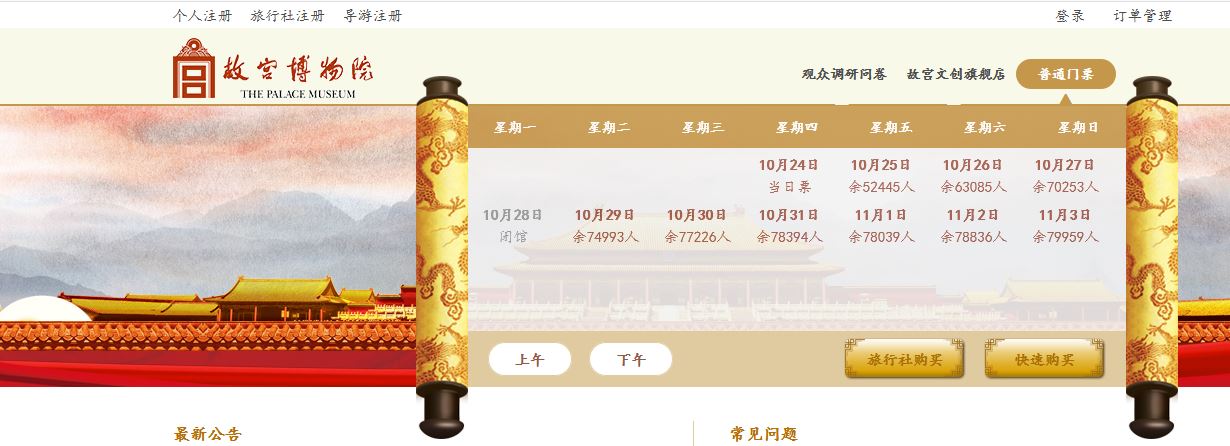I came across an interesting contrast in perspective about solutions for a post-Covid world last week. In American Theatre, Jim Warren, the founding artistic director of the American Shakespeare Center proposed a model for theatre to ensure long-term, consistent employment for artists by returning to the rotating repertory model and having artists fulfill administrative roles.
For those that are not familiar with the rotating repertory model, it is a practice where the same core group of performers appear in every production in a season instead of contracting a separate slate of performers for each production. So if you have a core group of 18 performers, 10 of them may be in the production currently appearing on stage while 8 of them are rehearsing the next production and there may be an overlap of 4 – 5 working on both productions, though with less demands on their time and energy in one of those productions.
Warren also suggests artists take on administrative roles:
Perhaps we need to return to structures similar to what we had at the birth of many theatre companies, when actors split the duties of marketing, fundraising, education, bookkeeping, making websites, and every other job that needed doing. Perhaps we could hire actors full-time to create the shows, use their individual superpowers in other areas, and then hire part-timers to handle the overflow of admin work when we need more help.
The end goal is to provide everyone with a 40 hour work week, health coverage, paid vacation and sick time.
These are not insignificant goals. As Drew McManus has been writing about over at Adaptistration, the current trend in the orchestra world is to dissolve contracts with musicians and try to run the organization solely using fee for service arrangements where musicians are only paid when they perform. (While maintaining their skills and expensive instruments at a high standard while waiting to be called.)
However, there were some people who took umbrage with Warren’s proposal, particularly with the idea that current administrators must go and that most actors are equally adept at administration as performance.
Hell no to the idea that "the pool of talented actors is larger and deeper than the pool of talented theatre administrators" & that actors should take the administrator jobs. Yet again another example of administrators, who have no union protections, being thrown under the bus. https://t.co/TMJUNf9cRG
— Allie Glickman (@allie_glick) October 30, 2020
Others challenged the assumption that pre-Covid many arts entities had the resources to provide their administrators with a 40 hour work week, health coverage, paid vacation and sick time.
Also – Classically trained women actually means Classically trained White Women in this instance as evidenced in the following paragraph in which BIPOC actors are mentioned.
Again, this ain’t revolutionary- at all pic.twitter.com/ngIo6Bxr9r
— Young Deacon Frye (@Uncle_Jeff) October 29, 2020
Warren admits that he had been striving to create these working conditions for years prior to Covid and many of his solutions at the time were imperfect so there was certainly an implication that there was still a lot of work to be done on these ideas.
I don’t think anyone is necessarily debating that the goals he sets are not worthy, but given that no one was satisfied with the status quo in the decades prior to Covid, a solution is going to require casting gazes further and broader than before. I was initially tempted to say the solution would require multiples of effort beyond what had been invested before, but I think it is really more a matter of the will to blaze new paths into the unknown than mustering additional strength to lift or surmount obstacles.



I've been to a few of the Science on Tap events, though I never gave a talk at one of…